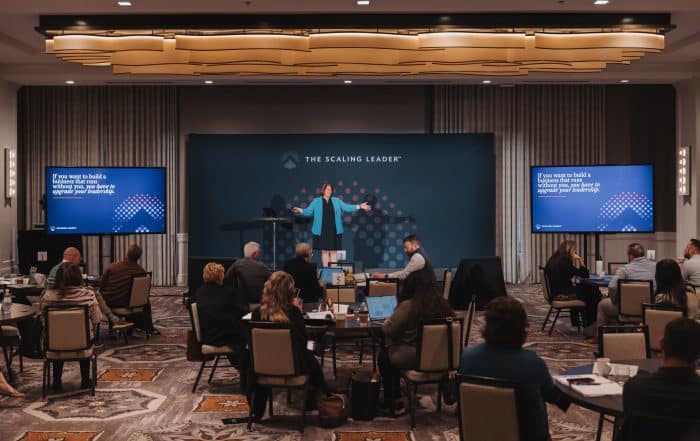On Friday, March 27, 2020, the President signed into law, the Coronavirus Aid, Relief, and Economic Security (“CARES”) Act (H.R. 748), also referred to as the Stimulus Package. The CARES Act contains several provisions that could provide relief and support for both individuals and businesses.
Recovery Checks
The IRS will be making millions of ”economic impact payments” (also called ”recovery rebates”) in the coming months to help people stay afloat during this time of economic uncertainty related to the COVID-19 crisis. Here’s what you need to know about this program.
Amount of payment. IRS will soon begin making payments of up to $1,200 to eligible taxpayers or up to $2,400 to married couples filing joint returns. Parents will get an additional $500 for each dependent child under age 17. Thus, the payment for a married couple with two children under 17 will be $3,400.
Who is eligible. U.S. citizens and residents are eligible for a full payment if their adjusted gross income (AGI) is under $75,000 (singles or marrieds filing separately), $122,500 (heads of household), and $150,000 (joint filers). The individual must not be the dependent of another taxpayer and must have a social security number that authorizes employment in the U.S.
Phaseout based on income. For individuals whose AGI exceeds the above thresholds, the payment amount is phased out at the rate of $5 for each $100 of income. Thus, the payment is completely phased out for single filers with AGI over $99,000 and for joint filers with no children with AGI over $198,000. For a married couple with two children, the payment will be completely phased out if their AGI exceeds $218,000.
How to get a payment. The vast majority of people won’t have to do anything in order to get an economic impact payment. IRS will calculate and send the payment automatically to those who are eligible.
If you’ve already filed your 2019 tax return, the IRS will use the AGI and dependents from that return to calculate the payment amount. If you haven’t filed for 2019 yet, information from your 2018 return will be used.
The IRS will deposit the payment directly into the bank account reflected on the return. The IRS plans to develop a web-based portal for individuals to provide banking information to IRS, so that payments can be received as a direct deposit rather than by check sent in the mail.
NEW! People who are not otherwise required to file a tax return were originally going to file a simple return to receive an economic impact payment. After receiving letters from members of Congress expressing concerns about this decision, the IRS has decided to change its policy. According to Treasury Secretary Mnuchin, “Social Security recipients who are not typically required to file a tax return need to take no action, and will receive their payment directly to their bank account.” For Social Security recipients who didn’t file tax returns in 2018 or 2019, the IRS will use information on Form SSA-1099 and Form RRB-1099 to generate stimulus payments.
Payments are nontaxable. Economic impact payments will not be included in the recipient’s income for tax purposes.
Unemployment
Any employee who was furloughed or part of a layoff is eligible for state unemployment. Details are as follows:
- Unemployment amount via the state typically ranges from 30-50% of the standard wage, depending on the state.
- The amount a person will receive for unemployment over four months will be the amount the state would already provide but increased by $600 per week through July 31, 2020. For example, if a person is eligible for $300 weekly, they will receive $900 per week over four months or through July 31, 2020, whichever comes first.
- If an employee is already unemployed due to COVID-19, the $600 weekly additional payment will be paid retroactively.
- Self-employed individuals, independent contractors and gig workers are eligible for unemployment under this program.
Retirement Plans
2019 IRA and HSA Contributions Extended–The Treasury Department postponed the tax return filing deadline and as a result also extended the deadline for making your allowable IRA or HSA contributions. The extended deadline is now July 15, 2020.
10% Penalty Waived for Qualifying Individuals–The CARES Act allows for certain qualifying individuals to withdraw up to $100,000 from their retirement accounts in 2020, for COVID-19-related purposes, without the 10% penalty. This rule applies to individuals:
- Diagnosed with COVID-19
- Who have family (spouse or dependent) who have been diagnosed with COVID-19
- Who have adverse financial consequences in relation to COVID-19
- Who include the distribution in taxable income (unless they elect the 3-year payback)
- The distribution is taxable over a 3-year period unless electing to pay it back within 3 years. This essentially equates to a loan unless it is not paid back within the 3-year timeframe.
Required Minimum Distributions (RMD) Waived–The required minimum distribution from individual retirement accounts has been waived for 2020.
Retirement Plan Loans–The CARES Act also temporarily increases the allowed loan limit for loans from qualified plans from $50,000 to $100,000 and delays repayment dates for some outstanding loans by one year. We recommend using retirement plan loans as a last option.
Charitable Contributions
Above-the-line charitable contribution—For tax year 2020, if a taxpayer does not itemize deductions, they can deduct up to $300 in addition to standard deduction for cash charitable contributions (no stock contributions).
Charitable contribution limitation by AGI—The 60% adjusted gross income limitation has been removed for 2020 (other than from donor advised funds).
Please reach out to a Forge Financial and Management Consulting team member with any questions!
ABOUT THE AUTHOR
Courtney De Ronde
Relevant Posts
Learn What Your Business Needs Most to Unlock Faster Growth
Your business relies on four key areas, or centers of intelligence, to thrive. Take the free Business Intelligence Grader to see how you score across financial, leadership, productivity, and human intelligence and learn where to focus to drive greater results.
Your business relies on four key areas, or centers of intelligence, to thrive. Take the free Business Intelligence Grader to see how you score across financial, leadership, productivity, and human intelligence and learn where to focus to drive greater results.



